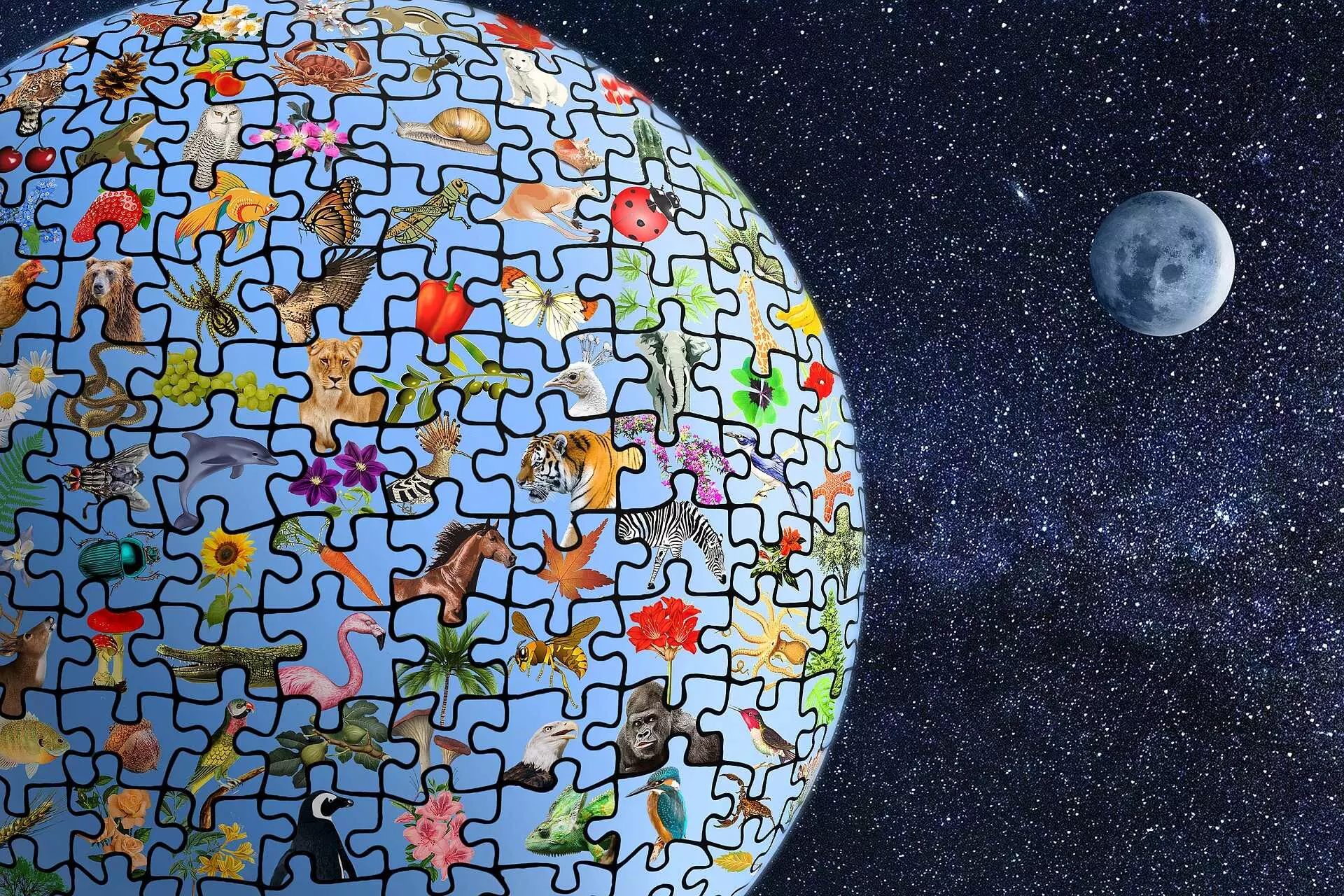Significant breakthrough

Finally, after overcoming objections from certain South African countries, the 15th Conference of Parties (COP15) to the UN Convention on Biological Diversity (CBD), on December 19, adopted the Kunming-Montreal Global Biodiversity Framework (GBF). It is a heartening sign that as many as 188 of the 196 members agreed to adopt the framework to put a tab on the increasing degradation of biodiversity. It is a well-known fact that the Earth functions as an amalgamation of life processes of countless identified and unidentified species. The life processes of all species on Earth are interlinked not just to each other but also to the various natural and artificial processes of the environment. For the sustainability of life on the Earth, cross connections among these species need to be studied in detail. Thus far, humans have managed to identify merely 1.75 million species while there may be some 13 million species, overall. Even among the minuscule proportion of identified organisms, thanks to the reckless human activities, the world is fast losing many of them. The Intergovernmental Science-Policy Platform on Biodiversity and Ecosystem Services (IPBES) reported that owing to factors such as climate change and pollution, a quarter of the plants and animals it had assessed in 2019 are threatened. It would be a folly to presume the negative fallouts of biodiversity loss only in terms of disruption in the food web. It is found that regions that are low in biodiversity lose their resilience, which cripples them of the ability to recuperate after natural and man-made shocks. Apart from the degradation in replenishment capability of the Earth, the loss of biodiversity also leads to several health hazards on account of uncleanliness, as unwanted creatures populate disproportionately when their predators go extinct. Loss of biodiversity also leads to disruption in crucial processes like biomass conversion and natural decomposition. Human civilisation has been thriving on the utilisation of biodiversity since eternity. The GBF has set a clear outline to ensure that exploitation of biodiversity remains sustainable. It has set four goals for 2050. The goals mainly pertain to maintaining the integrity of ecosystems, quantifiably assessing the services provided by biodiversity and equitably sharing the gains made from genetic sequencing, apart from bridging the wide gulf that persists in terms of biodiversity conservation financing. To achieve these broader goals, the GBF has envisaged 23 ambitious targets to be achieved by 2030. In the first place, it seeks large-scale restoration of already degraded ecosystems, across habitats. Another key area that it aims to address is the disproportionate burgeoning of invasive species. The framework aims at cutting the introduction of invasive species to half. It is reported that invasive predators, such as cats and rats, are responsible for more than half of all extinctions of birds, mammals and reptiles. Another mammoth challenge the GBF has taken upon itself is to curtail pollution to non-harmful levels and minimise climate change. One would agree that the scale of this target by 2030, in itself, will be a profound task. Also, GBF's target of making cities into biodiversity hotspots by increasing urban green-blue spaces will take a great deal of hard-work, perseverance and a lot of money. Without an ounce of doubt, it can be said that the targets set under GBF are quite ambitious. The meeting of these targets may appear dubious, particularly when the past targets, including 2020 Aichi targets, remain unfulfilled. The new targets under GBF have come after a considerable delay on account of the pandemic and resistance of certain African nations. The GBF aims to plug the loopholes that had plagued past endeavours. Funding in this regard has been a critical issue. Though the GBF expects to raise around USD 200 billion on an annual basis, the financing gaps may be still wider. Apart from trying to address funding issues, the GBF has also set out a sort of evaluation framework, as it demands parties to submit their national biodiversity strategy and action plan, along with national reports, at regular intervals. Furthermore, the prospective establishment of Special Trust Fund and Global Environment Facility (GEF) will aid the implementation process in future. However, the most striking feature of the GBF has been its participative approach in considering the role of indigenous populations, women etc. GBF is a breakthrough mechanism and an evolution over past designs. Will it work? It should. One can expect a considerable improvement, at least.



